Home>Gardening & Outdoor>Outdoor Recreation & Activities>How To Dry Out A Bounce House
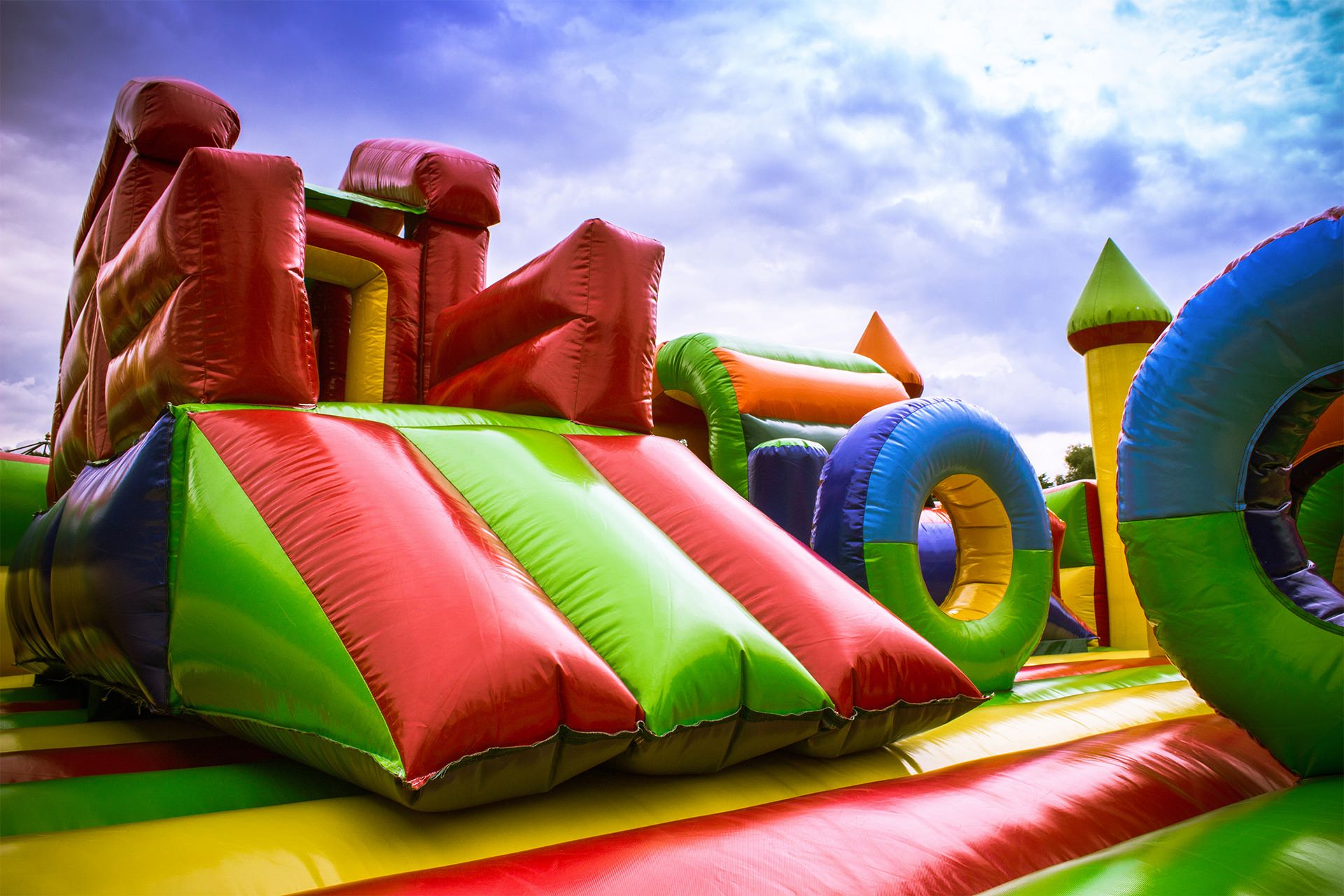

Outdoor Recreation & Activities
How To Dry Out A Bounce House
Published: January 4, 2024
Learn how to properly dry out a bounce house after use to prevent mold and prolong its lifespan. Follow these outdoor recreation and activities tips for maintenance.
(Many of the links in this article redirect to a specific reviewed product. Your purchase of these products through affiliate links helps to generate commission for Storables.com, at no extra cost. Learn more)
Introduction
When the laughter and joy of children playing in a bounce house come to an end, it's essential to ensure that the inflatable structure is properly maintained. Whether it's due to unexpected rain, morning dew, or post-party cleaning, a damp bounce house can be a breeding ground for mold and mildew if not dried thoroughly. In this guide, we'll walk you through the steps to effectively dry out a bounce house, ensuring that it stays clean, safe, and ready for the next round of lively fun. So, let's dive into the process and learn how to safeguard your bounce house investment for years to come.
Key Takeaways:
- Don’t let moisture ruin the fun! Deflate, remove excess moisture, and air dry your bounce house thoroughly to prevent mold and keep it safe for endless playtime.
- Keep it clean and safe! After drying, gently clean and sanitize your bounce house to ensure a hygienic and germ-free environment for kids to enjoy.
Read more: How To Inflate A Bounce House
Step 1: Deflate the Bounce House
The first step in drying out a bounce house is to carefully deflate it. Ensure that all children and any other occupants have exited the bounce house, and then switch off the blower. Allow the bounce house to deflate fully, and disconnect it from the power source. As the bounce house deflates, the excess moisture will start to come to the surface. It’s crucial to perform this step as soon as possible after the bounce house becomes wet to prevent the moisture from seeping deeper into the fabric.
Once the bounce house is completely deflated, carefully inspect it for any signs of damage or excessive moisture accumulation. Look for areas where water might be pooling, as these spots will need special attention during the drying process. If the bounce house has a water drainage system, ensure that it is clear and functional to allow water to escape effectively.
After ensuring that the bounce house is free from any potential hazards, carefully fold or roll it up for the next step in the drying process. Properly deflating the bounce house sets the stage for the subsequent steps, allowing for thorough moisture removal and preventing potential damage caused by prolonged exposure to dampness.
Step 2: Remove Excess Moisture
Once the bounce house is deflated, it’s time to focus on removing excess moisture from the surface. Start by using absorbent materials such as towels or cloths to gently blot and soak up as much moisture as possible. Press the towels against the bounce house material, allowing them to absorb the water without rubbing or scrubbing, which can potentially damage the fabric.
For larger bounce houses, consider using a wet/dry vacuum to effectively extract moisture from the surface. Use the vacuum on a low setting to avoid causing damage to the fabric. Move the vacuum head methodically across the entire surface, paying special attention to areas where water might have pooled, such as seams and corners. This thorough extraction process will significantly expedite the overall drying time and prevent the formation of mold or mildew.
If the bounce house has been exposed to excessive moisture, it may be necessary to repeat this step multiple times to ensure that as much water as possible has been removed. By diligently eliminating excess moisture at this stage, you’ll set the foundation for a successful drying process and help safeguard the bounce house against potential damage and microbial growth.
After deflating the bounce house, use a towel to absorb any excess moisture. Then, leave it out in the sun to air dry completely before folding and storing it.
Step 3: Allow the Bounce House to Air Dry
With the excess moisture removed, it’s time to allow the bounce house to air dry thoroughly. Choose a well-ventilated area with ample space to lay out the bounce house. Ideally, select a location with a gentle breeze and low humidity to facilitate the drying process. Lay the bounce house out flat, ensuring that no areas are folded or overlapping, as this can impede the drying process and create potential moisture pockets.
Depending on the size of the bounce house and the ambient conditions, the air drying process can take several hours to a full day. Periodically check the bounce house during the drying process to assess the moisture levels and adjust its position if necessary to ensure even drying. If feasible, reposition the bounce house to expose all sides to the circulating air, promoting uniform drying and preventing any residual moisture from being trapped within the fabric.
Throughout the air drying phase, monitor the weather forecast to take advantage of sunny, dry days. If feasible, position the bounce house in direct sunlight, as the sun’s warmth and UV rays can aid in the evaporation of residual moisture. However, be mindful of prolonged exposure to direct sunlight, as it can lead to fabric discoloration or weakening over time.
Patience is key during this phase, as thorough air drying is essential to ensure that the bounce house is completely free of moisture before it is stored or put back into use. By allowing the bounce house to air dry effectively, you’ll mitigate the risk of mold and mildew growth, preserving its integrity and safety for future enjoyment.
Step 4: Clean and Sanitize the Bounce House
After the bounce house has been thoroughly dried, it’s essential to clean and sanitize it to maintain a hygienic and safe play environment. Start by inspecting the bounce house for any residual dirt, debris, or stains. Use a soft-bristled brush or a gentle sponge to lightly scrub any soiled areas with a solution of mild detergent and water. Avoid using harsh chemicals or abrasive cleaning tools, as they can damage the fabric and compromise its structural integrity.
Rinse the bounce house thoroughly with clean water to remove any soap residue, and then allow it to air dry once again to ensure that all cleaning agents are completely removed. This additional drying phase also provides an opportunity to confirm that the bounce house remains free of moisture before it is stored or used, further safeguarding it against potential damage.
Once the bounce house is clean and dry, it’s time to sanitize the surface to eliminate any lingering germs or bacteria. Prepare a solution of water and mild disinfectant, following the manufacturer’s recommendations for dilution and application. Use a clean cloth or sprayer to apply the sanitizing solution evenly across the entire bounce house, paying particular attention to high-traffic areas and contact points.
Allow the sanitizing solution to remain on the bounce house surface for the recommended contact time to effectively eliminate any pathogens. After the designated period, rinse the bounce house thoroughly with clean water to remove the disinfectant residue, and then allow it to air dry completely before storage or use. This comprehensive cleaning and sanitizing process will help ensure that the bounce house provides a safe and healthy play environment for children, minimizing the risk of illness or contamination.
Read more: How To Store Bounce House
Conclusion
Drying out a bounce house is a crucial aspect of its maintenance, ensuring that it remains safe, clean, and durable for countless hours of joyous play. By following the steps outlined in this guide, you can effectively mitigate the risks associated with moisture accumulation, such as mold growth and fabric degradation. Promptly deflating the bounce house and removing excess moisture sets the stage for a successful drying process, while thorough air drying and meticulous cleaning and sanitization further contribute to its longevity and safety.
Remember that patience is key when drying out a bounce house, as thoroughness is paramount to prevent potential issues down the line. By allowing the bounce house to air dry completely and conducting a comprehensive cleaning and sanitizing routine, you’re not only preserving the integrity of the inflatable structure but also prioritizing the well-being of the children who will delight in its use.
Regular maintenance, including proper drying techniques, will extend the life of your bounce house, providing countless hours of entertainment and laughter for children. By incorporating these essential steps into your bounce house care routine, you’re investing in its longevity and ensuring that it continues to be a source of boundless fun and cherished memories for years to come.
Frequently Asked Questions about How To Dry Out A Bounce House
Was this page helpful?
At Storables.com, we guarantee accurate and reliable information. Our content, validated by Expert Board Contributors, is crafted following stringent Editorial Policies. We're committed to providing you with well-researched, expert-backed insights for all your informational needs.
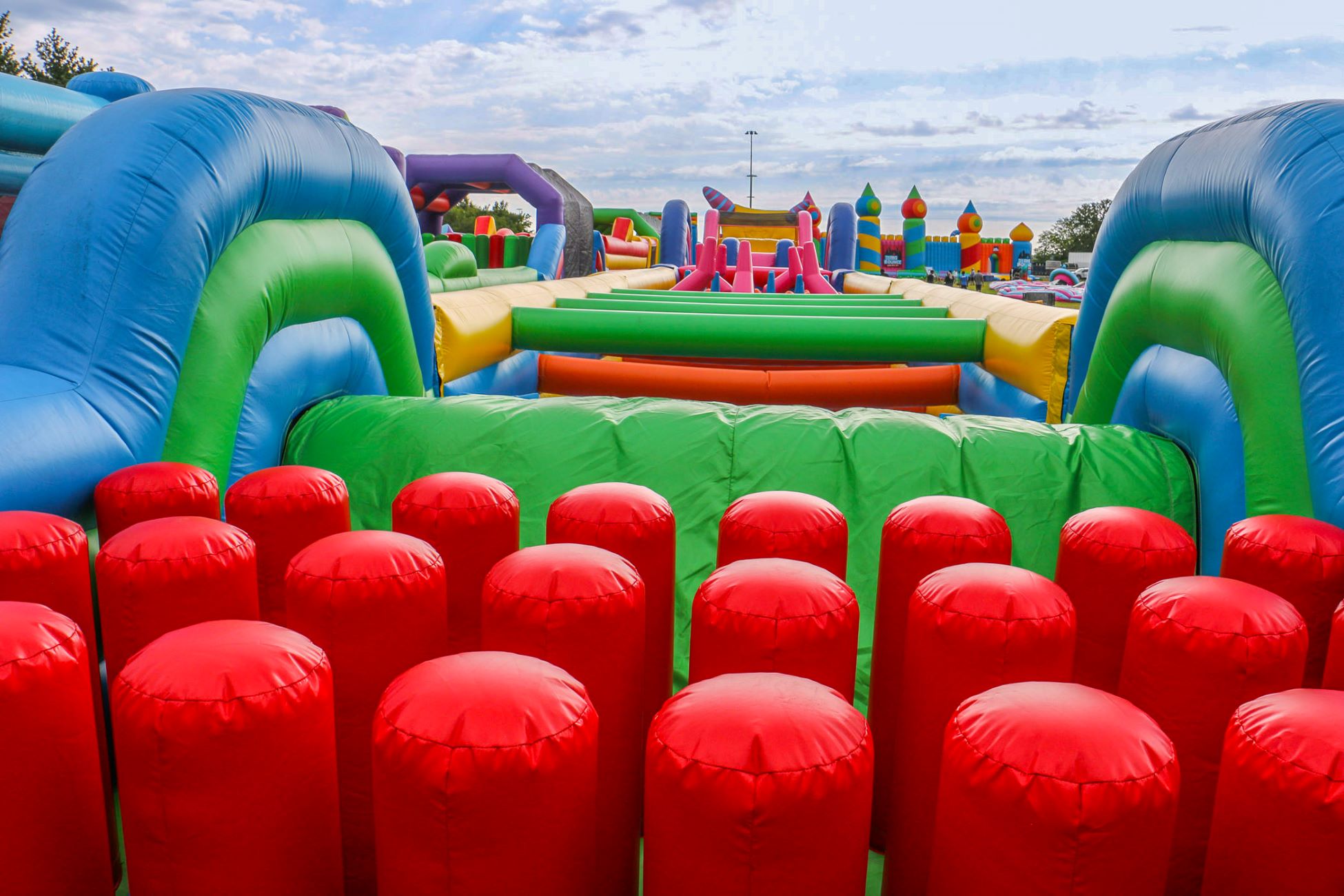
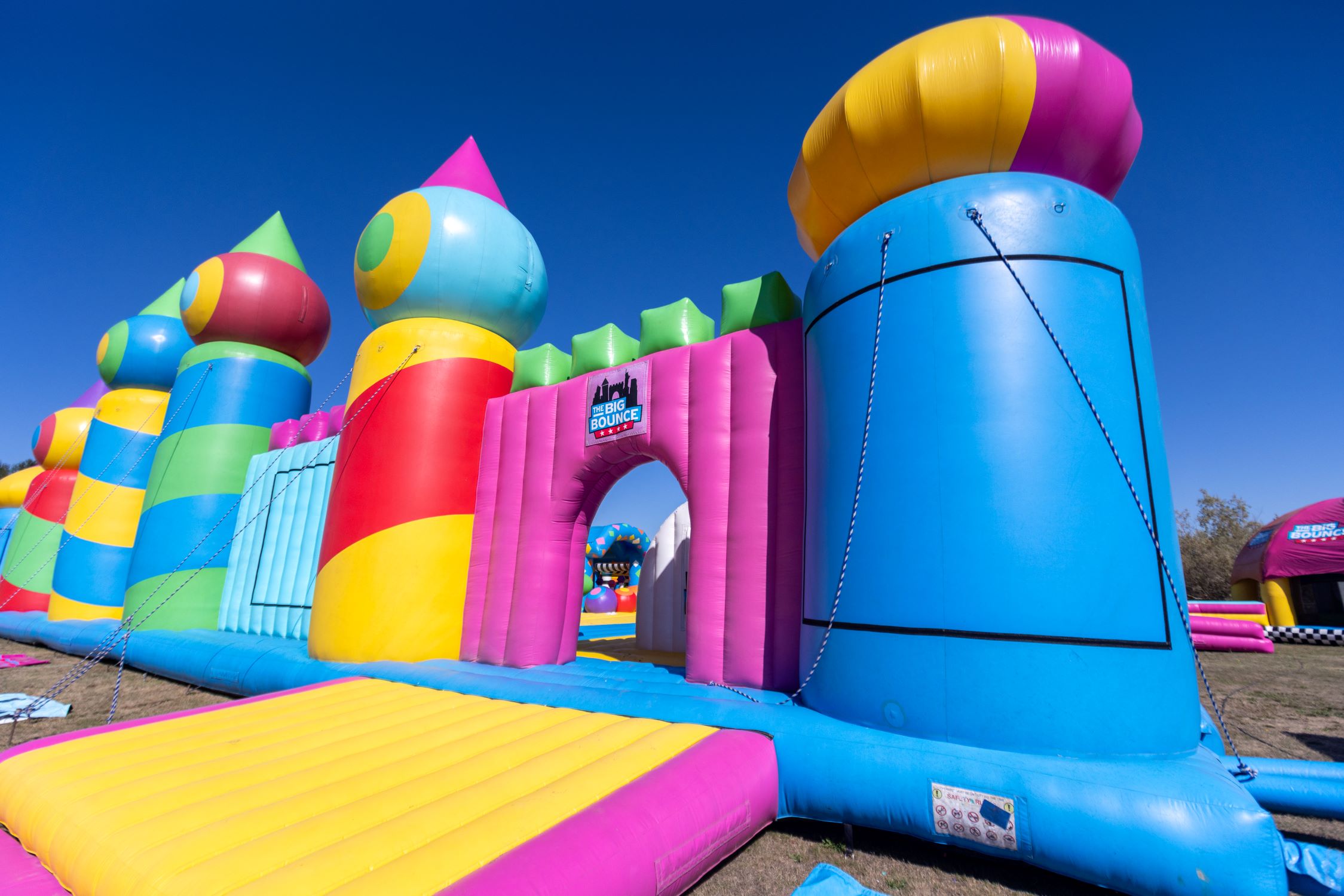
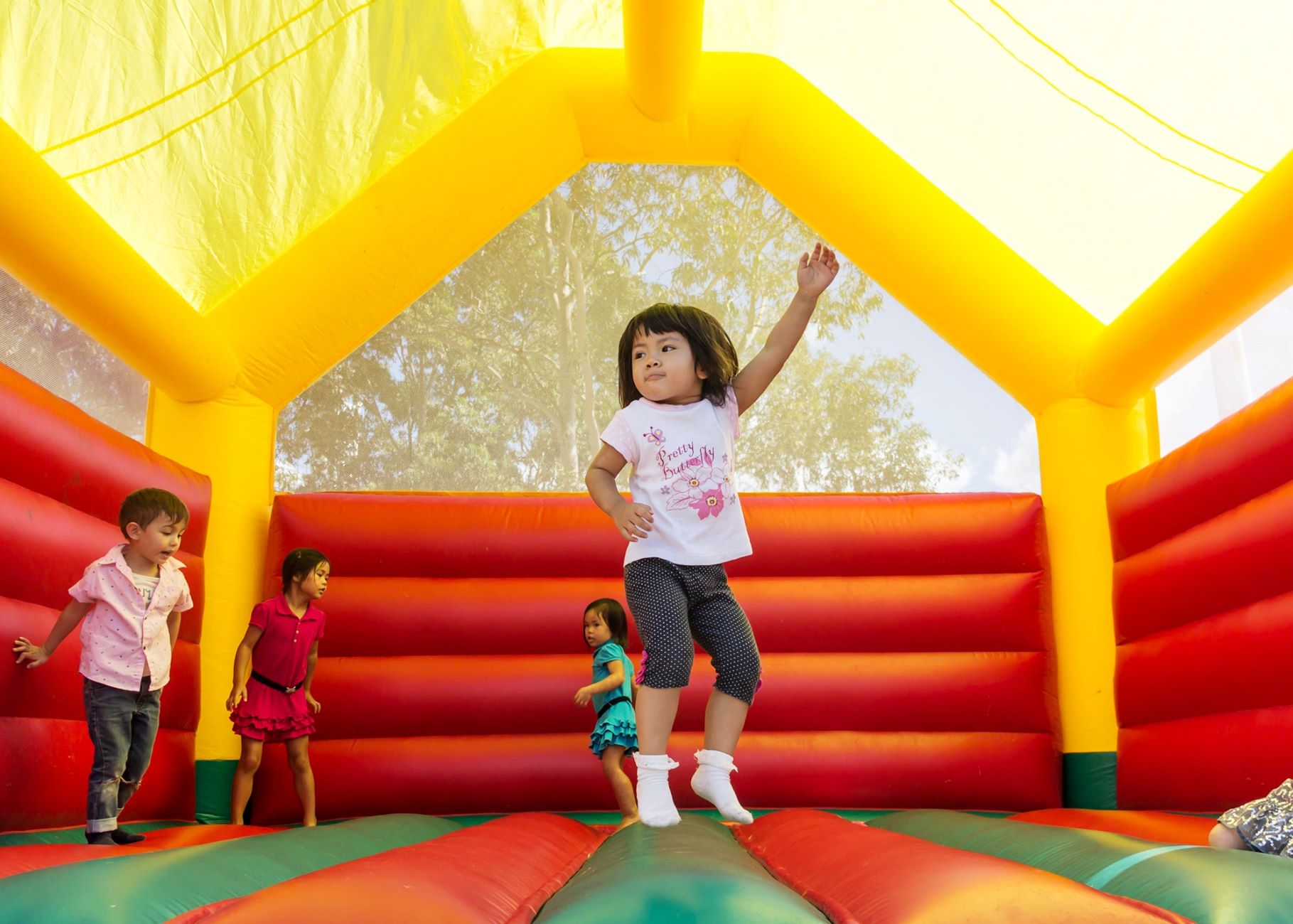
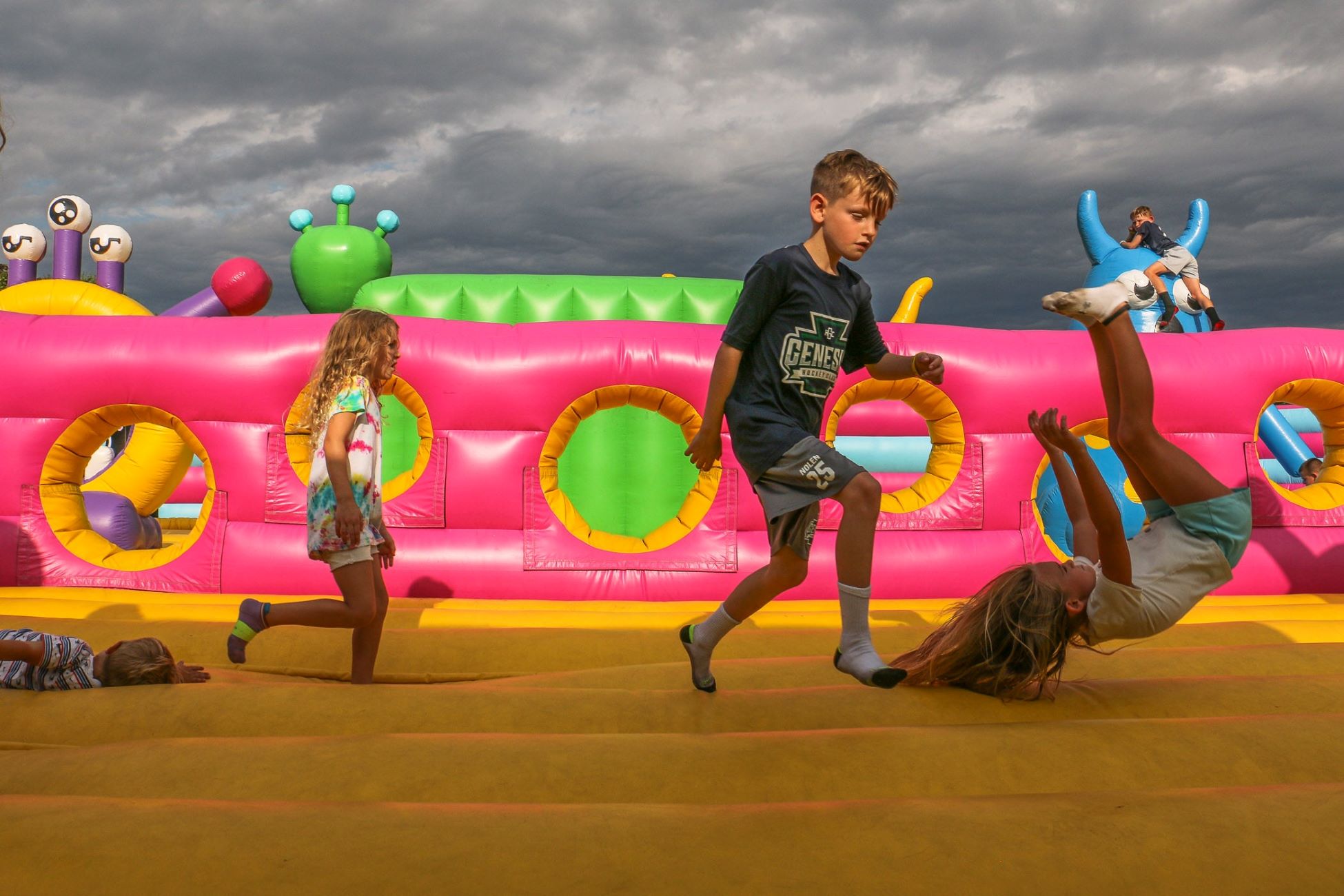
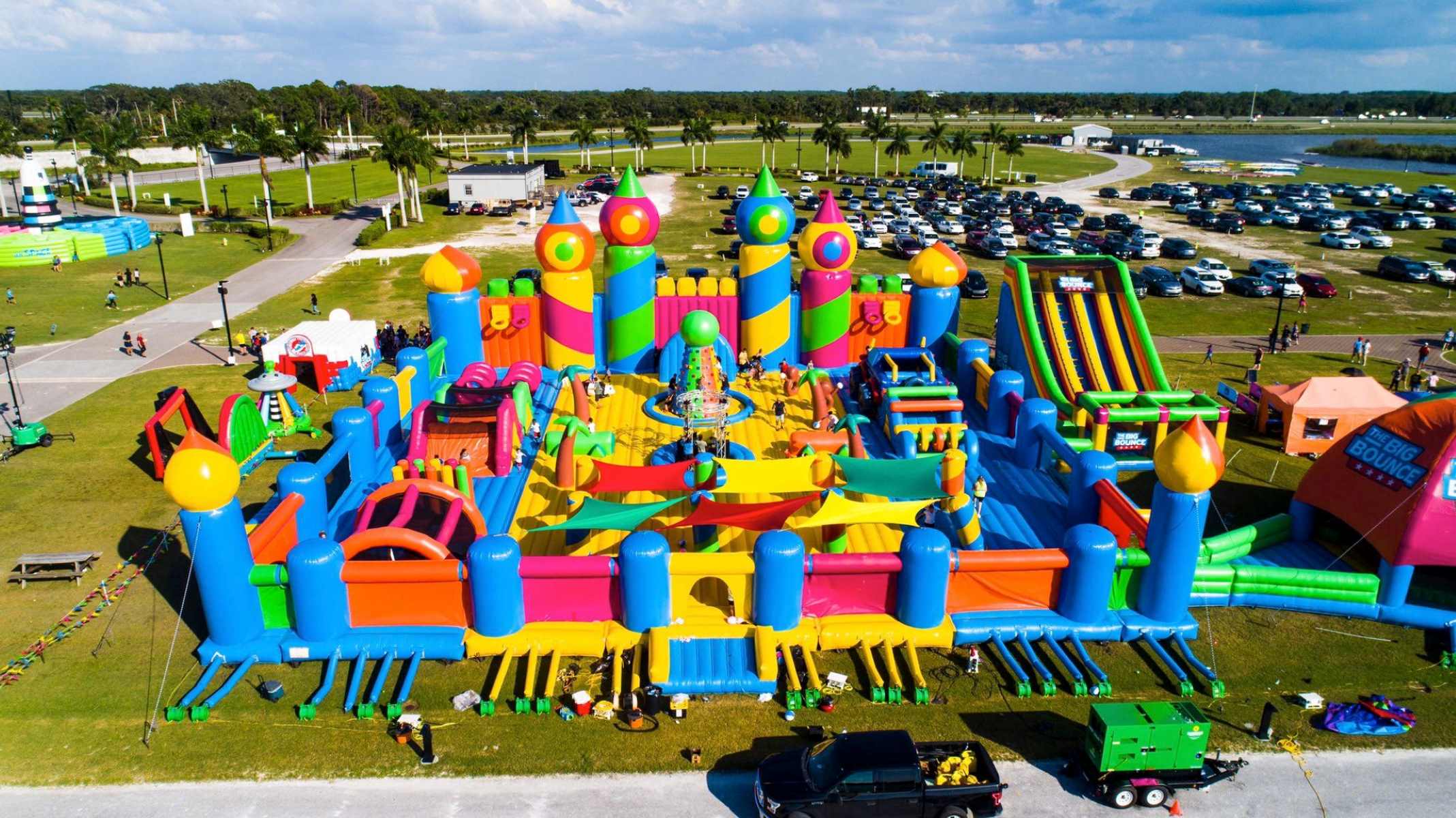
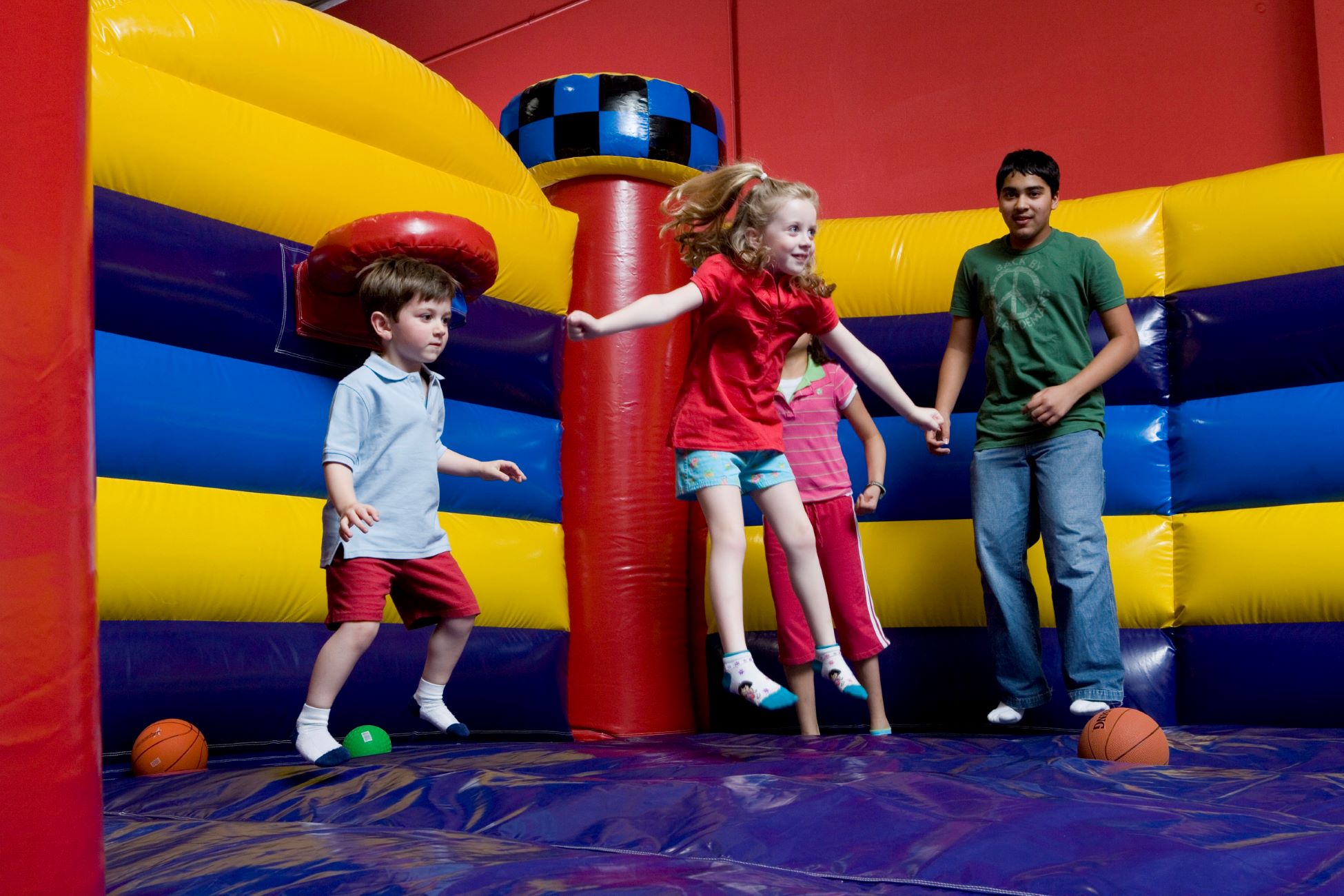
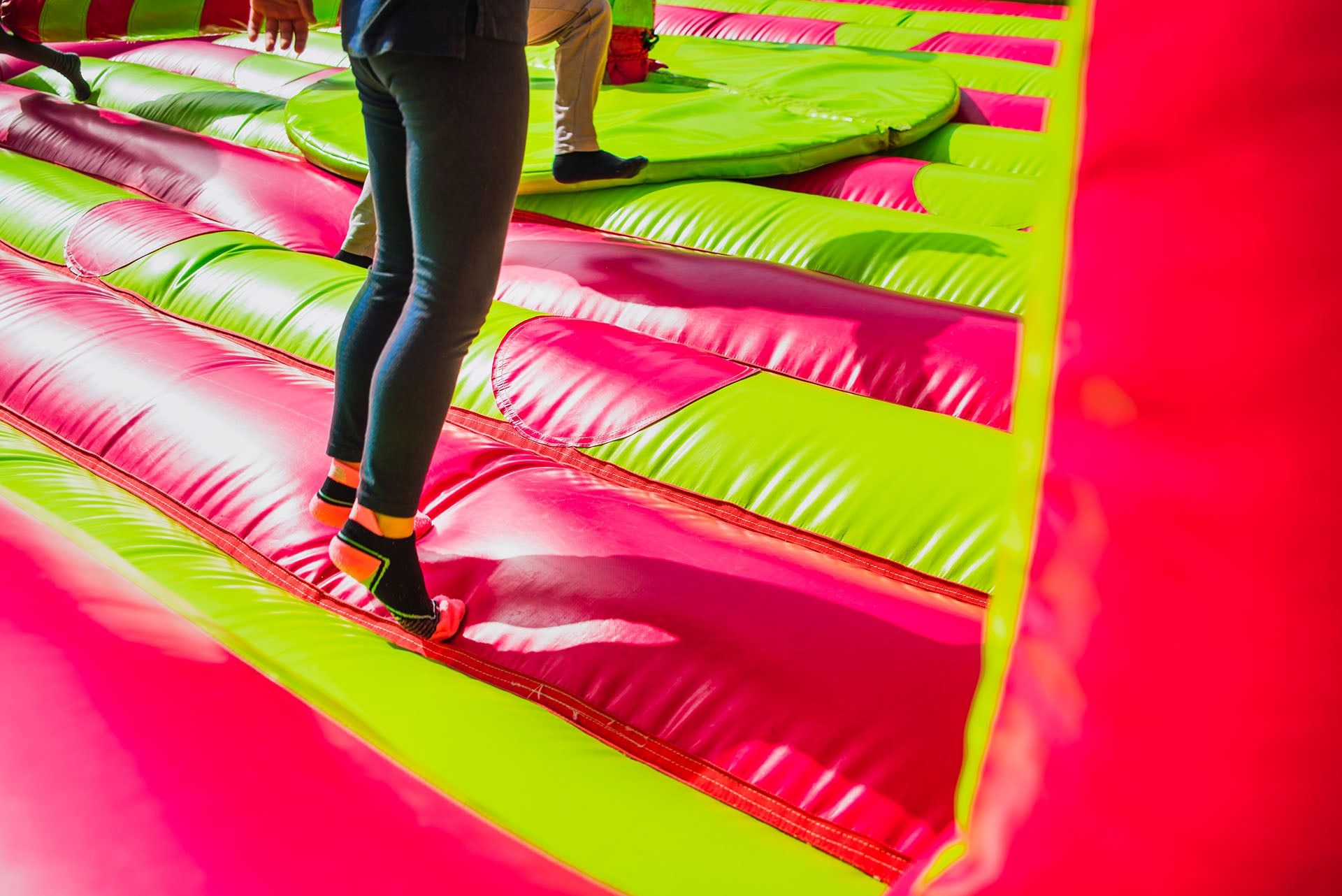
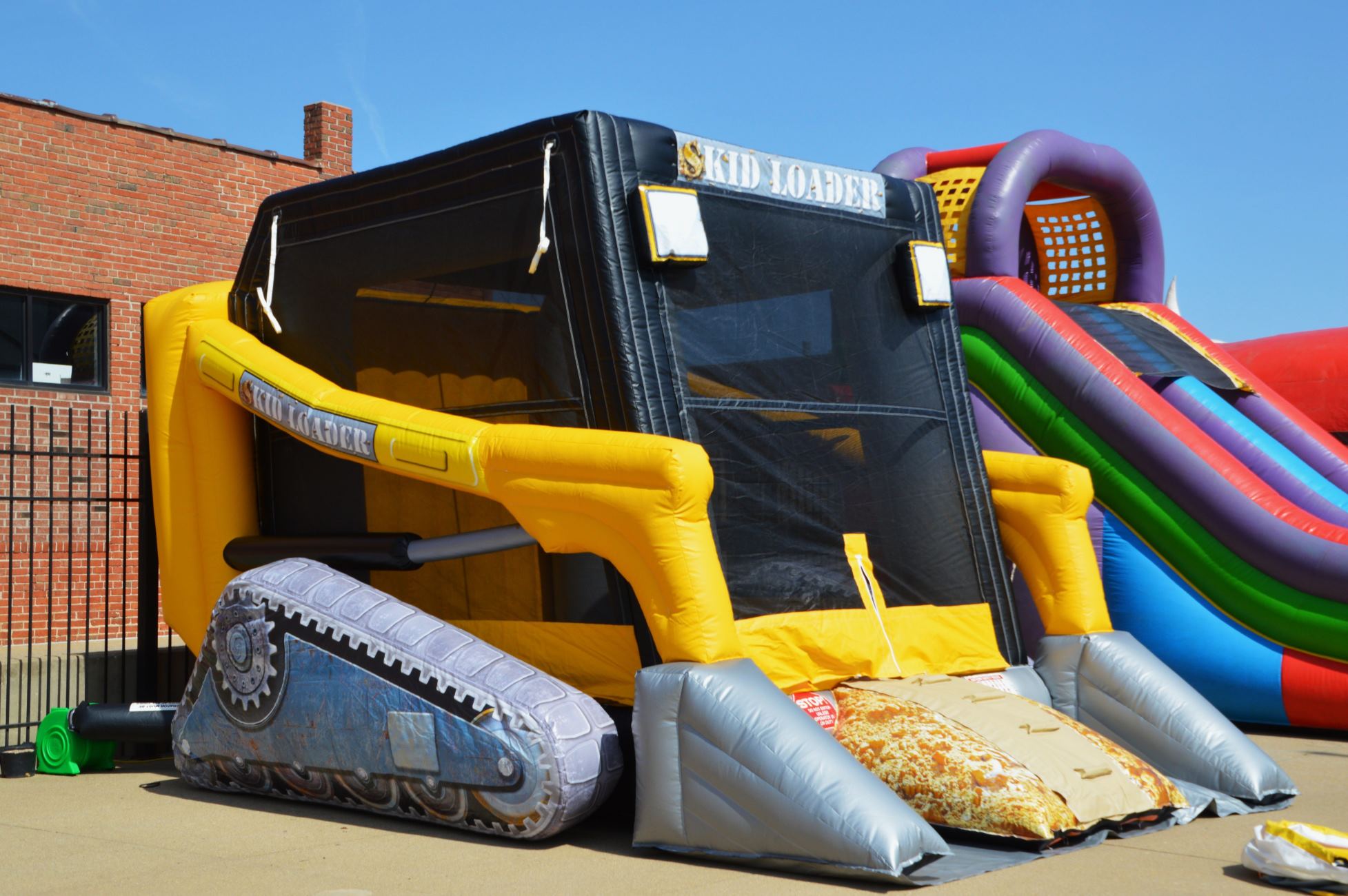
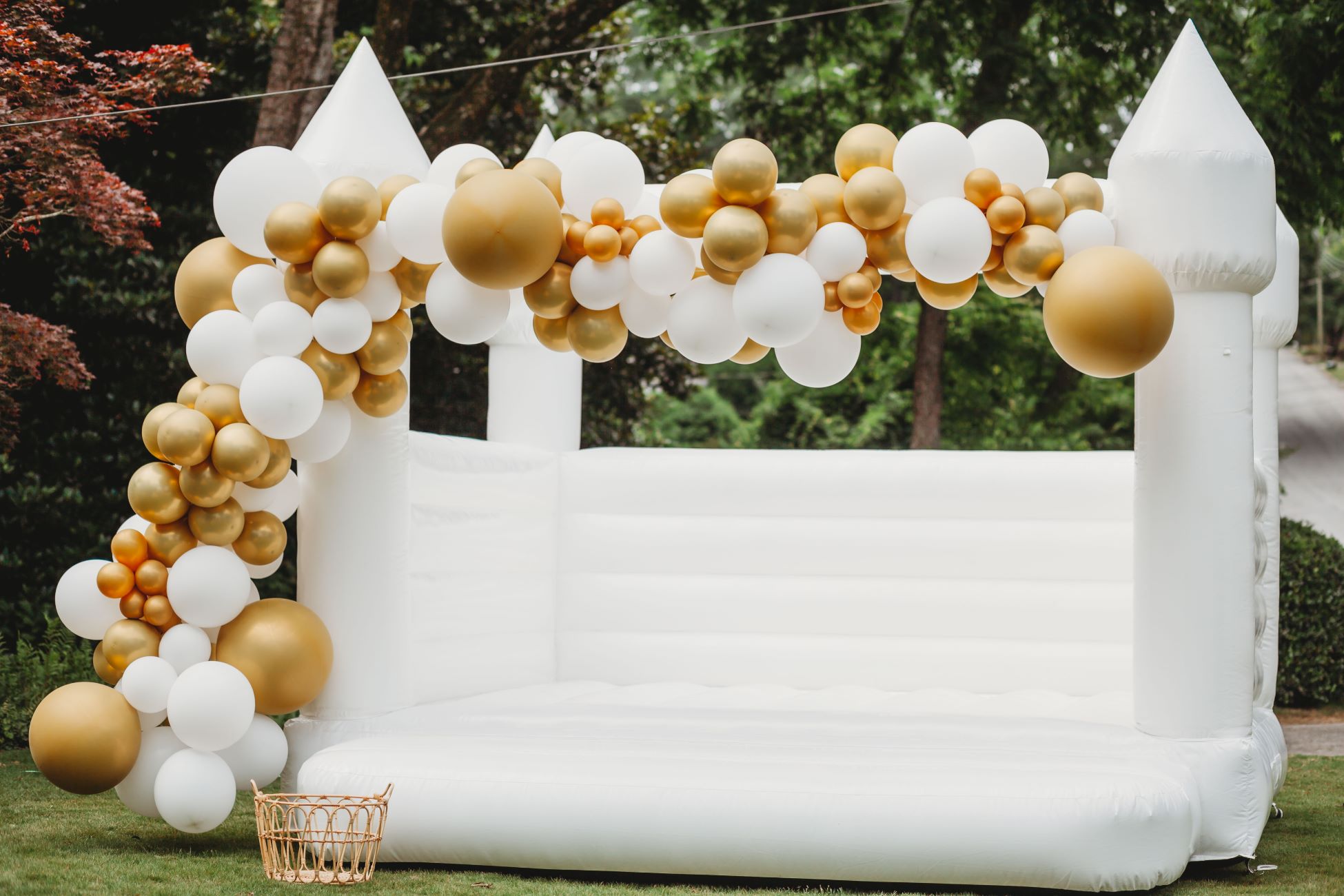
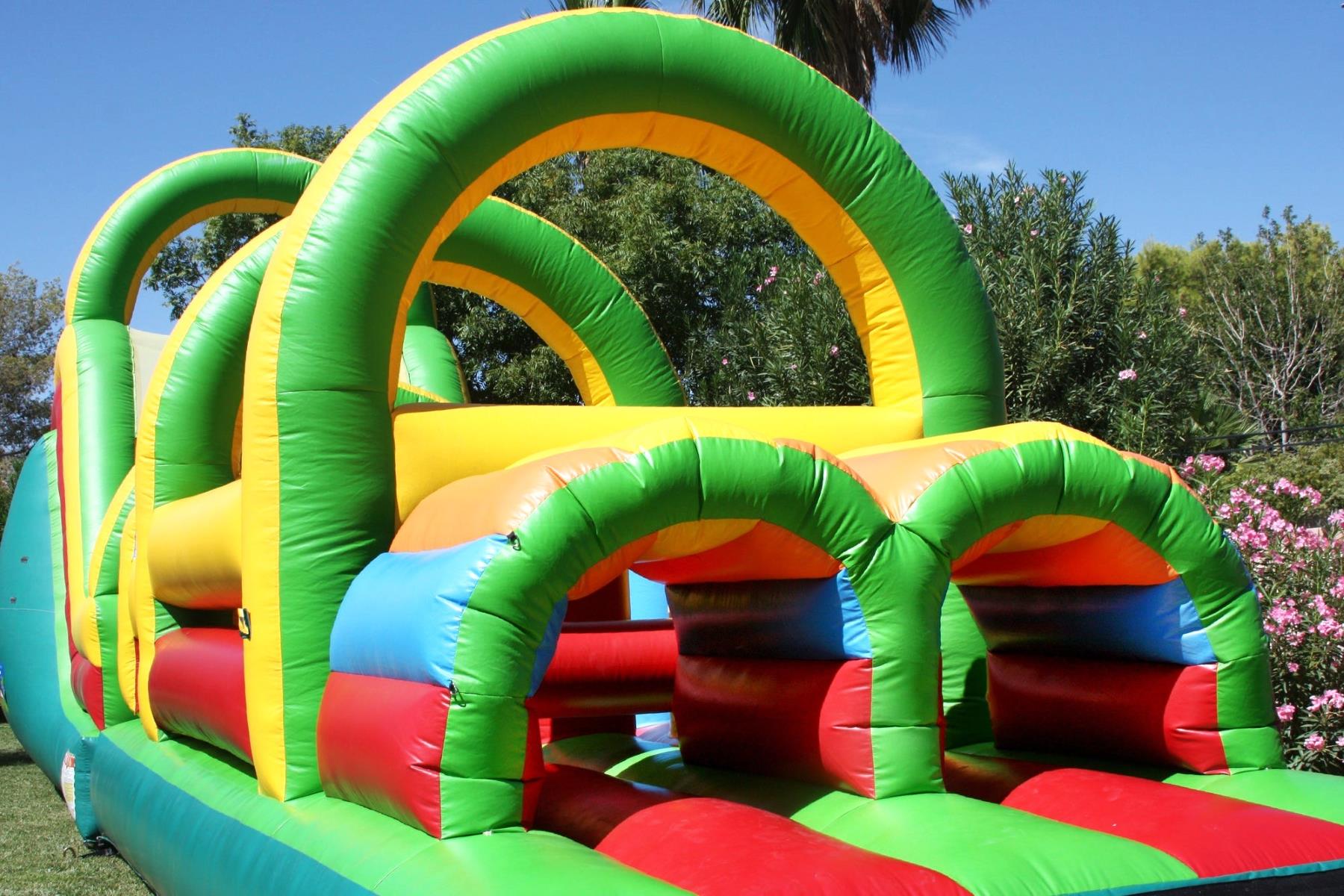
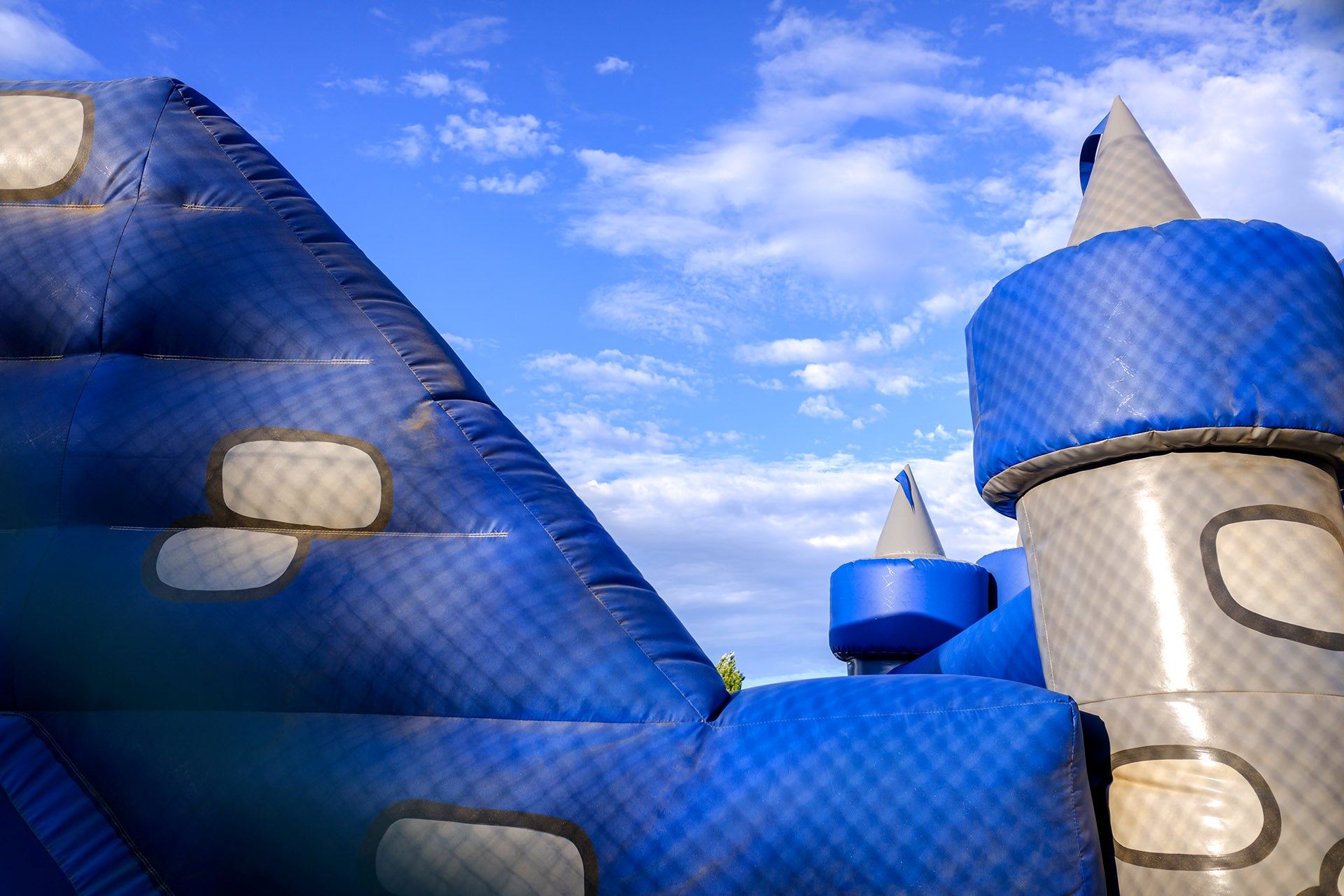
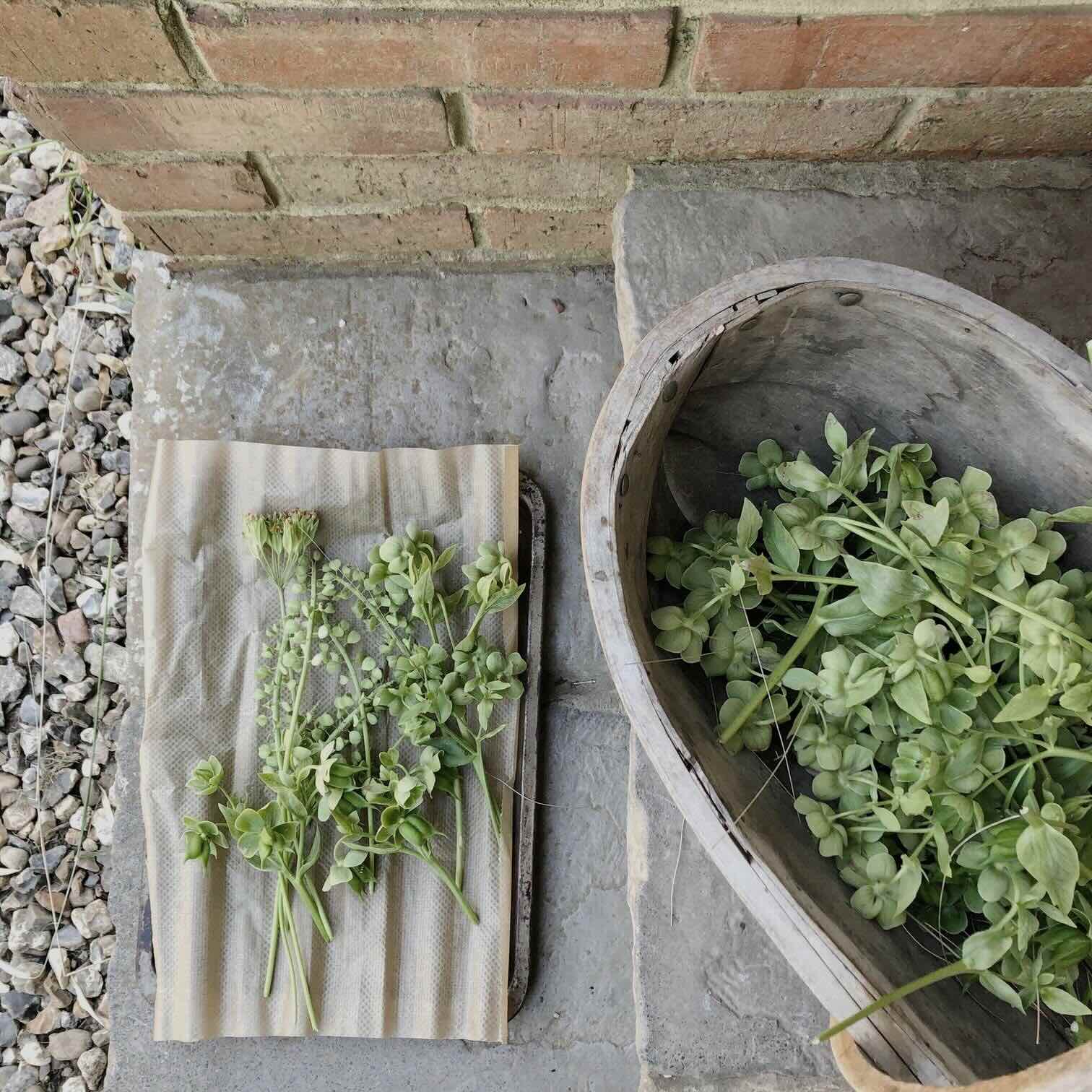
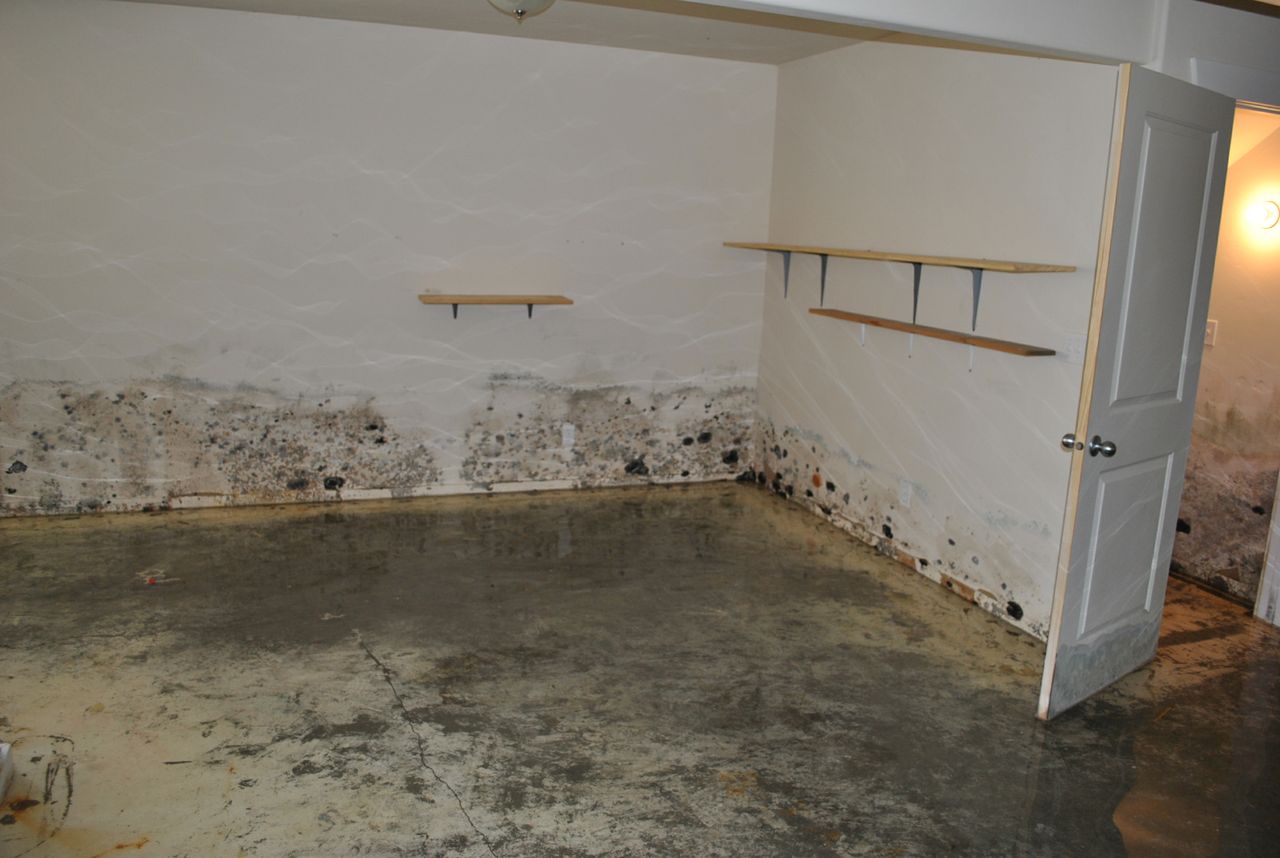
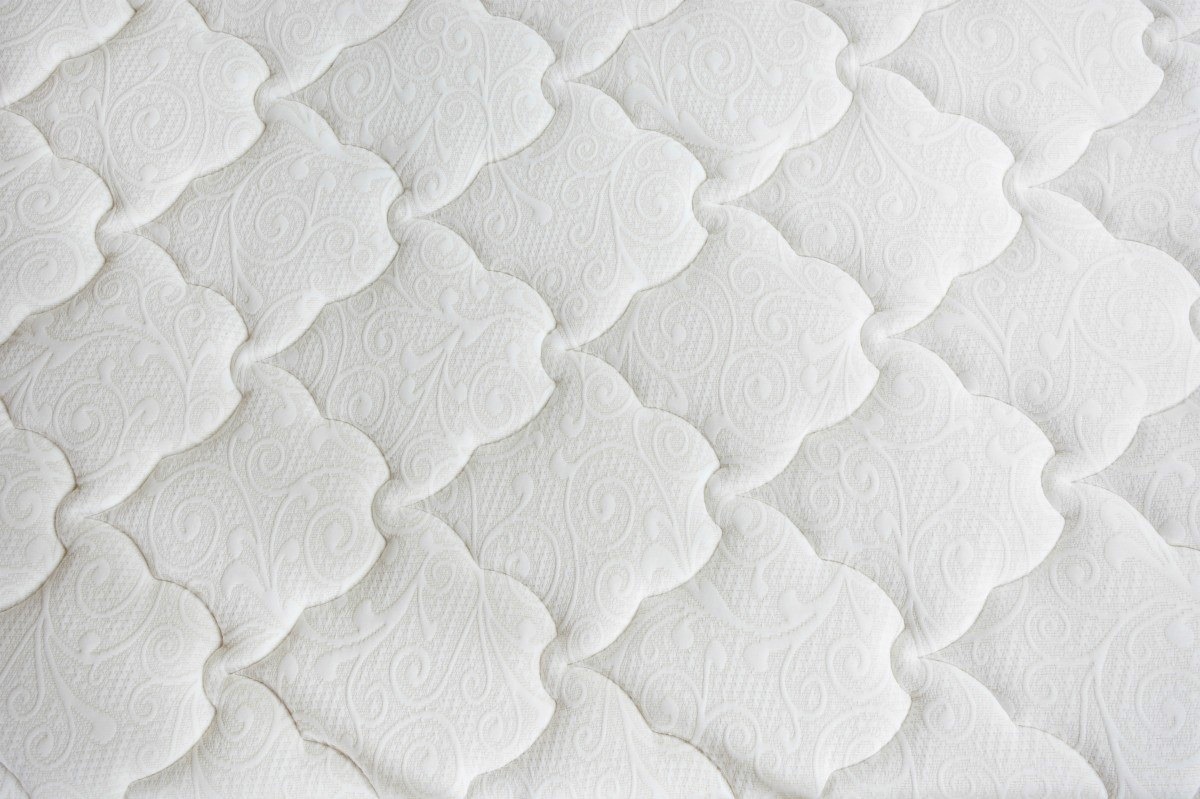

0 thoughts on “How To Dry Out A Bounce House”